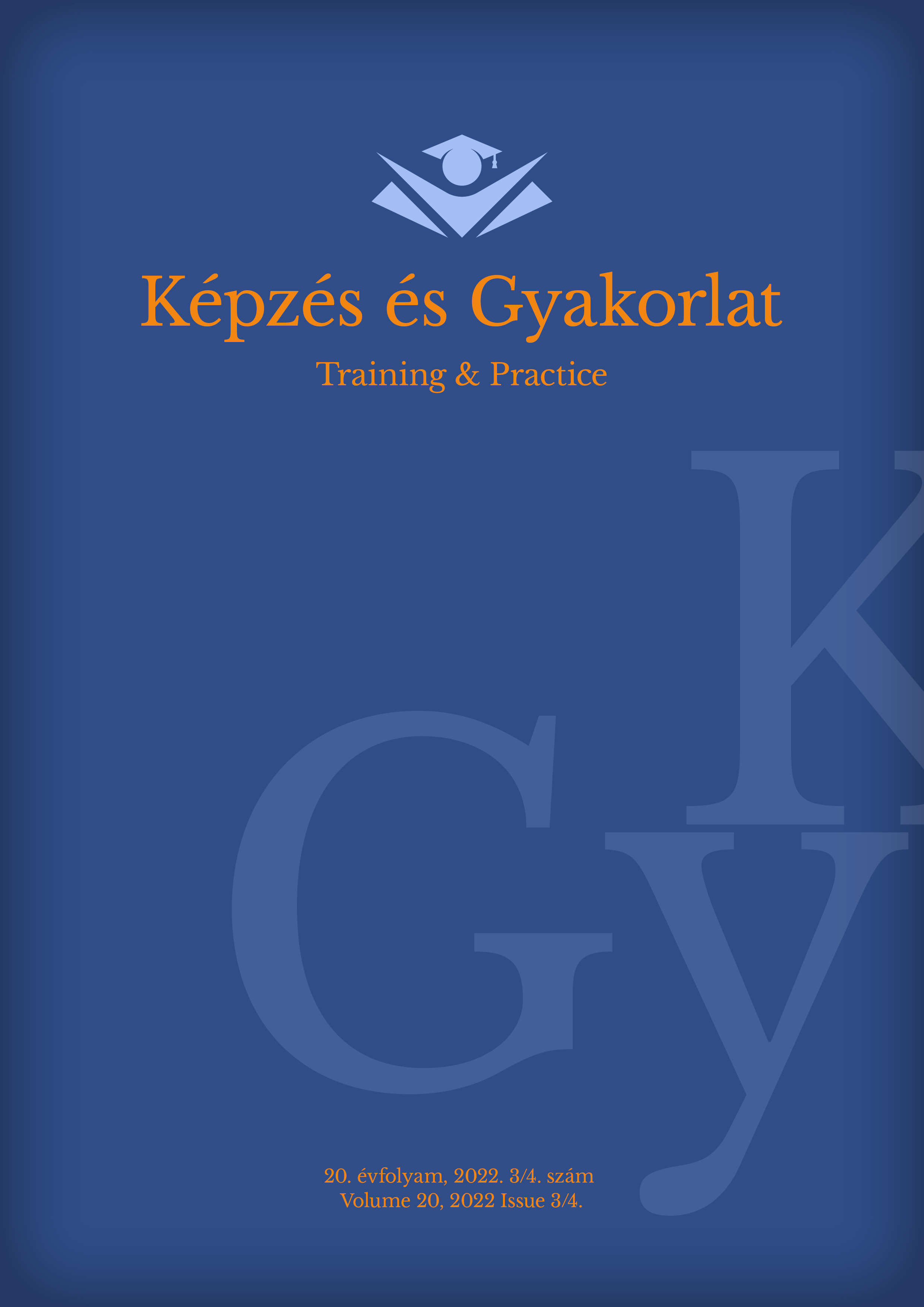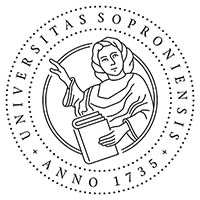Épített tér – alkalmazkodás és tér-tárgy összefüggés óvodai környezetben
DOI:
https://doi.org/10.17165/tp.2022.3-4.36-42Kulcsszavak:
érzékekés, testtudat, térészlelés, orientáció, térhasználatAbsztrakt
A gyermekek belső késztetése a játék, illetve az aktív cselekvéshez kötött felfedezés, alakítás, kreatív megnyilvánulások, amelyek a tanuláshoz vezetnek. Életük a jelenben történik, figyelmük a pillanat eseményeire fókuszál. Folyamatosan alkalmazkodnak a körülöttük lévő világhoz, vagyis ösztönösen „belenőnek” a térbe. A tanulás esztétikailag megnyugtató és érzelmi kényelmet nyújtó, rugalmasan változó környezetben ideális, ahol a téri világ segíteni tudja a gyermek fizikai, mentális és érzelmi fejlődését. A dolgozat példák bemutatásával áttekinti, hogy milyen építészeti és belsőépítészeti eszközökkel lehet segíteni a tér megismerését óvodai környezetben; foglalkozik a testséma és a személyes fizikai tér kialakítását, illetve a tájékozódást fejlesztő téri-tárgyi összefüggésekkel; valamint vizsgálja a mozgást ösztönző téri struktúrákat és az érzékszervek fejlesztésére fókuszáló játékokat, tárgyakat, berendezéseket, bútorokat.
Hivatkozások
Bánhidi, L., & Kajtár, L. (2017). Válogatott fejezetek a komfortelmélet témaköréből. Budapest: Akadémiai Kiadó. https://doi.org/10.1556/9789630599054
Banisné Bán, É., & Molnár, B. (2020). Játékgyűjtemény a téri tájékozódás fejlesztéséhez. Csongrád Megyei Szakszolgálat.
Becker, G., & Kaucsek, G. (1998). Termékergonómia és termékpszichológia. Tölgyfa Kiadó.
Bihariné Krekó, I., Légler, J., & Kanczler Gyuláné dr. [S. d.]. Az óvodai környezeti nevelés módszertana. ELTE Tanító- és Óvoképző Kar.
Dull, A. (2009). Helyek, Tárgyak, Viselkedés, Környezetpszichológiai Tanulmányok. Budapest: L'Harmattan Kiadó.
Földi, R. (1993). A testnevelési játékok a tanulási zavarok prevenciójában és korrekciójában. ELTE PPK Tanárképzési és Továbbképzési Központ Gereben, Z. (1981). Épületfizika Gyakorló Építészek Számára. Budapest: Műszaki Könyvkiadó.
Guba, A., Pataky, G., & Tóth, E. (2017). Épített Környzeti Nevelés az Óvodában. Pécs: kultúrAktív Egyesület.
Hercegfi, K., & Izsó, L. (2008). Ergonómia. Budapest: Tipotex Kiadó.
Nagyné Réz, I. (1996). Téri tájékozódás. Fejlesztő program. Budapest: Bárczi Gusztáv Gyógypedagógiai Tanárképző Főiskola.
Norman, D. (2013). The Design of Everyday Things. Basic Books.
Piaget, J., & Inhelder, B. E. (2004). Gyermeklélektan. Budapest: Osiris Kiadó Kft.
Sebestyén, Á., & Tóth, E. (2013). Épített Környezeti Nevelés. Pécs: kultúrAktív Egyesület.
Sindelar, B. (2001). Téri Orientáció 1-2. A/3 Budapest: Nyomdaipari és Kiadói Szolgáltató Kft.
Letöltések
Megjelent
Folyóirat szám
Rovat
License
Copyright (c) 2022 Mucsi Zsuzsanna, Molnár László

This work is licensed under a Creative Commons Attribution-NonCommercial-NoDerivatives 4.0 International License.








